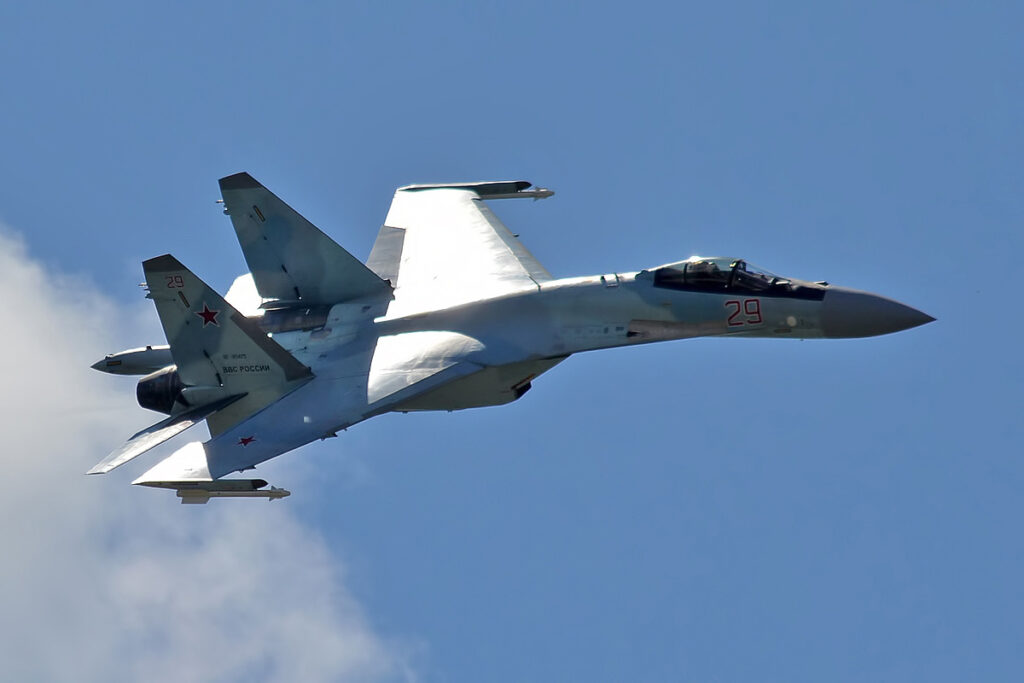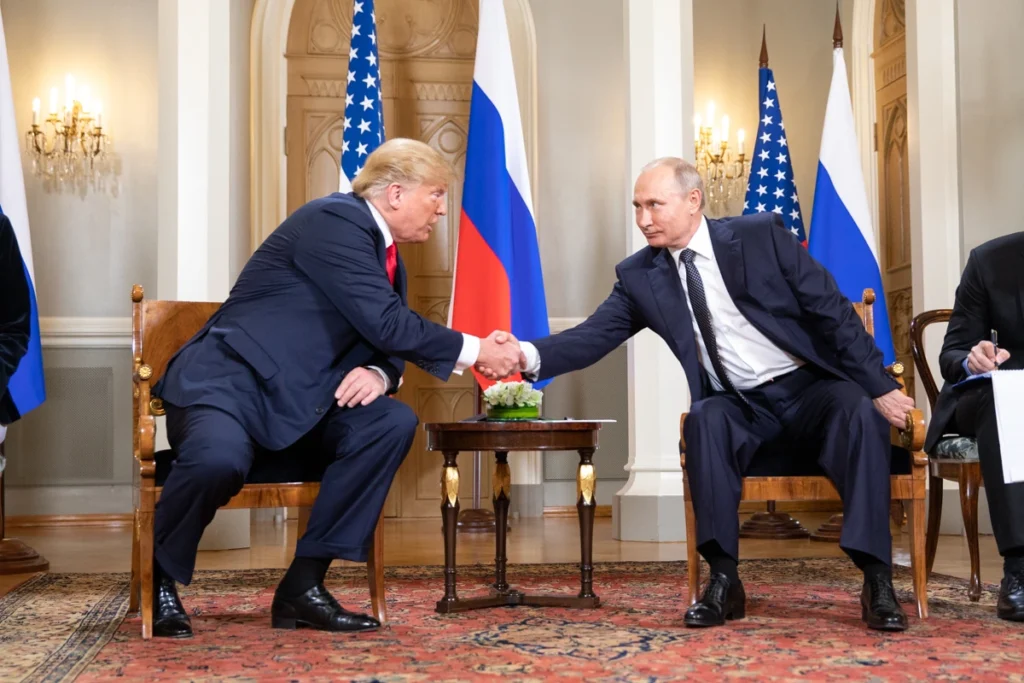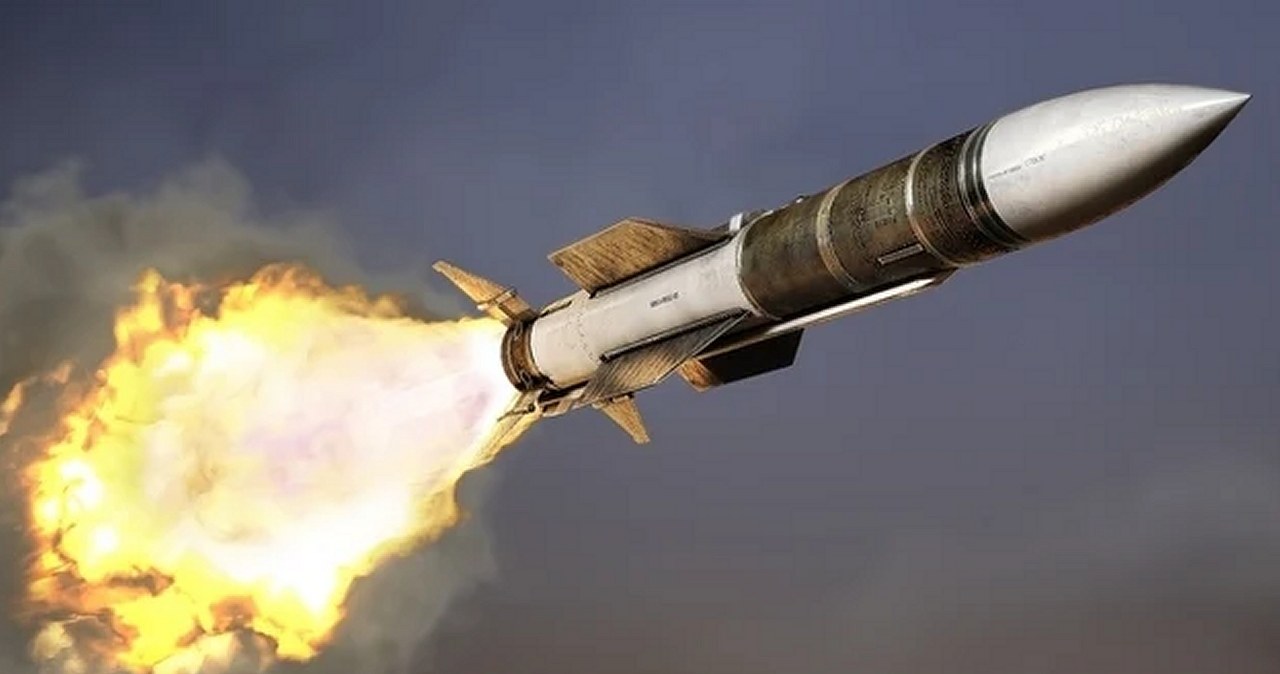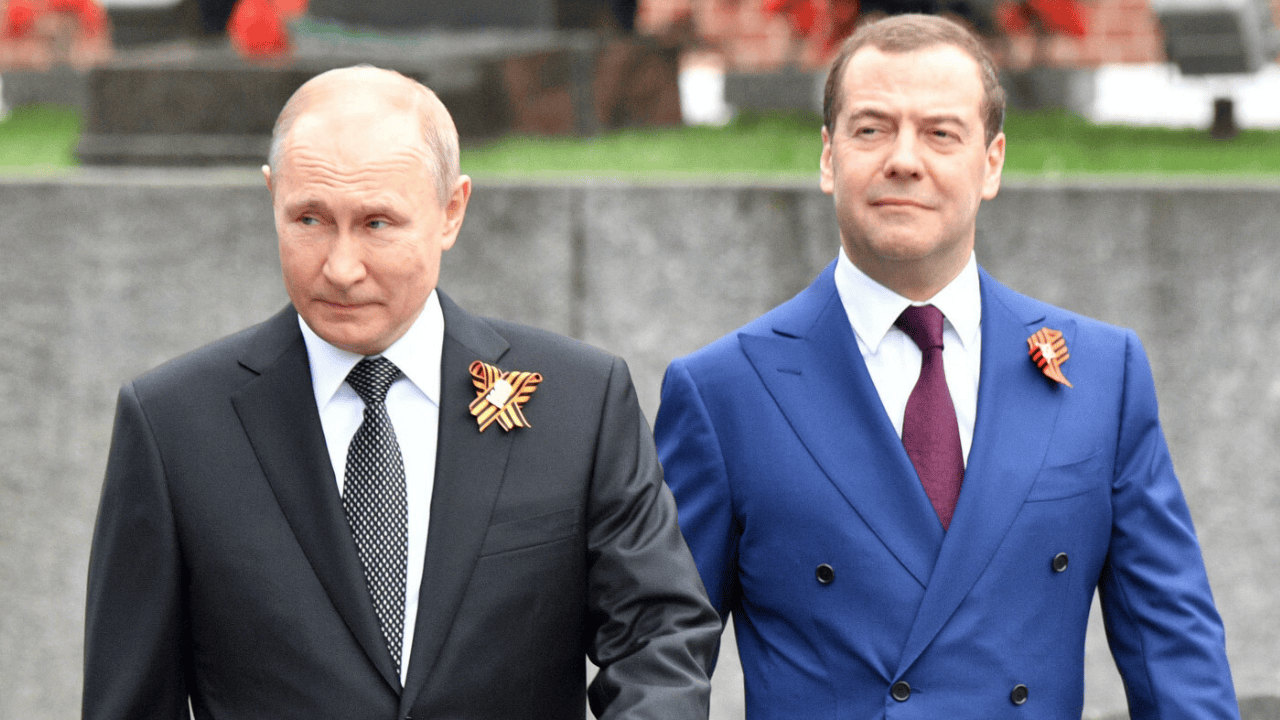
ALASKA- US Air Force fighter jets intercepted four Russian aircraft operating near Anchorage, Alaska (ANC), the military confirmed Thursday.
The latest encounter marked the ninth incident this year in which Russian warplanes were tracked in the Alaskan Air Defense Identification Zone (ADIZ), an area extending beyond sovereign airspace where foreign aircraft are required to identify themselves.
 Photo: WikiCommons
Photo: WikiCommonsUS Jets Intercept Russian Su-35 and Tu-95
The North American Aerospace Defense Command (NORAD), headquartered in Colorado Springs, said the Russian formation included 2 Tu-95 strategic bombers and 2 Su-35 fighter jets. The aircraft were detected on Wednesday and tracked until US assets confirmed their identity.
To respond, nine US aircraft were scrambled: one E-3 Sentry airborne warning and control aircraft, four F-16 Fighting Falcons, and four KC-135 Stratotankers. This shows the scale of resources required to shadow foreign aircraft approaching US borders, even when they remain in international airspace.
NORAD emphasized that the Russian planes did not enter US or Canadian sovereign airspace. According to Defense News, such flights are regular and not classified as an immediate threat, but they serve as reminders of ongoing geopolitical friction.
 Photo: By Sergey Kustov – commons.wikimedia, CC BY-SA 3.0, https://commons.wikimedia.org/w/index.php?curid=108338190
Photo: By Sergey Kustov – commons.wikimedia, CC BY-SA 3.0, https://commons.wikimedia.org/w/index.php?curid=108338190Significance of Alaska’s Air Defense Zone
The Alaskan ADIZ is a monitored airspace stretching thousands of miles into the North Pacific. Aircraft entering this zone must identify themselves to avoid being considered a potential threat.
Russia frequently sends bombers and fighters along this corridor, likely to test U.S. detection systems, signal military reach, and demonstrate strategic capability.
This marks the third time in a month such Russian flights have approached Alaska, underscoring a steady pattern of patrols.
Analysts note that these activities, while not uncommon, increase pressure on US defense forces tasked with monitoring one of the world’s busiest military airspaces.
 Patriot surface-to-air missiles | Photo: NATO
Patriot surface-to-air missiles | Photo: NATONATO and Wider Security Concerns
The incident also follows a series of confrontations between Russia and NATO members. Earlier in September, Polish forces downed Russian drones near their border, and Estonia reported Russian fighter jets crossing briefly into its airspace.
In response, NATO issued a warning that it would use all available measures to protect its territory.
Former US President Donald Trump commented this week that NATO members should shoot down Russian aircraft if they cross into allied airspace. When asked if Washington would back such actions, he replied that US support would “depend on the circumstance.”
His remarks came just days after he suggested Ukraine could reclaim all territories lost to Russia, signaling a shift from his earlier calls for Kyiv to make concessions.
 Photo: Trump White House Archived | Flickr
Photo: Trump White House Archived | FlickrOngoing Russia–Ukraine Conflict
The aerial encounters over Alaska cannot be viewed in isolation from the ongoing war in Ukraine. Russian President Vladimir Putin has intensified missile and drone strikes across Ukrainian cities, while rejecting direct talks with Ukrainian President Volodymyr Zelenskyy.
Although Trump previously suggested a summit in Alaska to mediate negotiations, Moscow has shown no interest in dialogue.
For the US military, these repeated flights near Alaska represent a clear reminder of Russia’s global reach, even as its forces remain engaged on the ground in Ukraine.
Stay tuned with us. Further, follow us on social media for the latest updates.
Join us on Telegram Group for the Latest Aviation Updates. Subsequently, follow us on Google News
Lockheed Martin Launches Vectis for Most Expensive Fighter Jet in the World
The post US Jets Intercept Russian Tu-95 and Su-35 Fighters Near Alaska ADIZ appeared first on Aviation A2Z.














